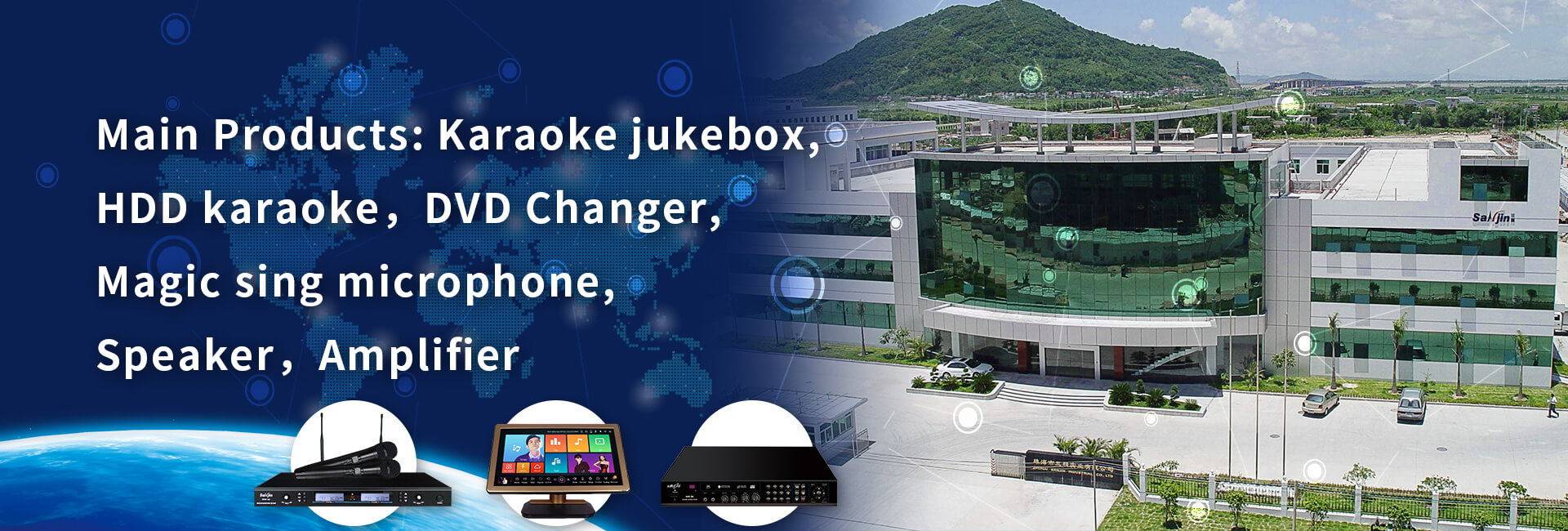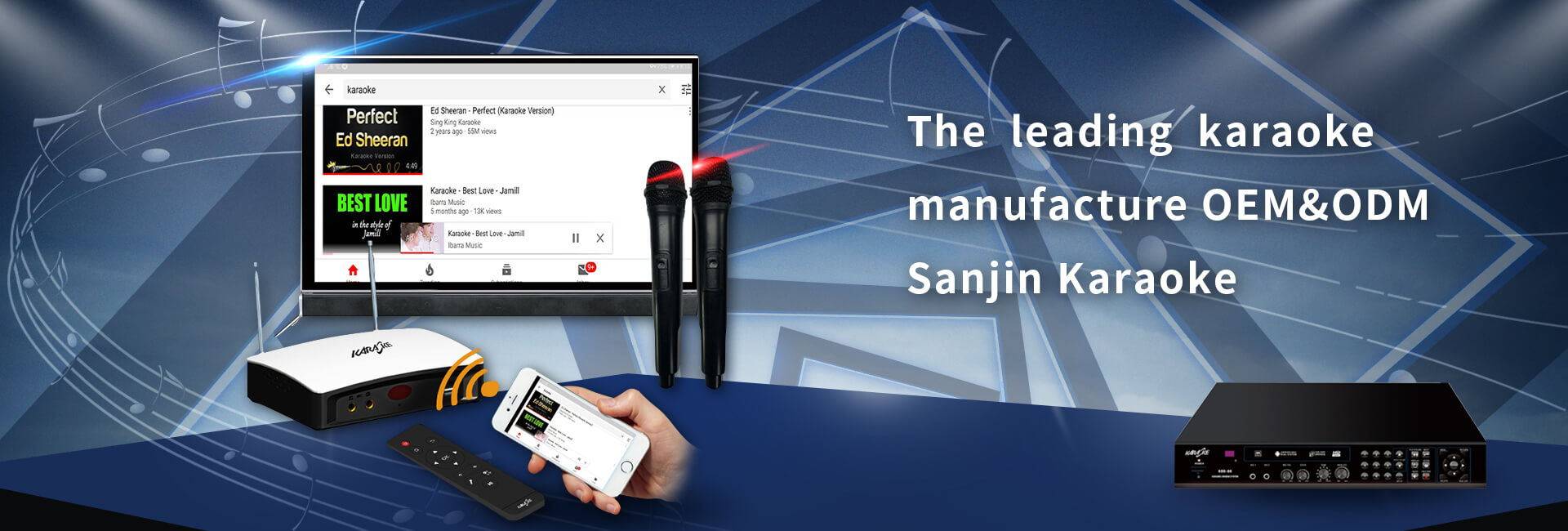As we all know, the acoustic environment of the film and television hall has a far greater impact on the playback effect of the audio system than any other audio equipment. Although there are many ways to improve the sound environment, too much processing of the film and television studio will make things worse. For example, let the sound diffuse. Diffusion disperses the sound in all directions and can avoid echo. However, if the room is full of diffuse surfaces, the stereo sound image localization will deteriorate, and the sound will diffuse in all directions and cannot be focused as finely as the sound image.
Room acoustics in small rooms are more complicated. Although many audio books and periodicals have dedicated introductions to this, they cannot give precise and pertinent opinions. The problem is that there are many contradictions, and different experts have expressed different views. However, the acoustic environment of the room and the placement and listening position of the speakers have a great influence on the sound reproduction effect. This article will not talk about the profound principles and the strange ways of dealing with the acoustic environment of the room. We only introduce some simple and practical methods that you can do to deal with the indoor listening environment.
the film
First, spread a thick carpet on the ground
The ground is probably the most prone to severe reflection of sound waves. Although carpet has no effect on low frequencies, the first thing to do is to absorb some high frequency reflections as much as possible. The early reflections formed in the first 5mS (milliseconds) or a few milliseconds after the direct sound will become part of the direct sound, and because they mostly come from the same direction, they will be heard. Avoid mixing pure-tone speakers with high-frequency sound reflected from the ground. And because it is impossible to add some soft cushions on the ceiling, if you do not lay the carpet on the floor, two parallel highly reflective surfaces will appear, and the sound waves will reflect back and forth between the floor and the ceiling, making the sound unpleasant.
Second, hang curtains on the windows
In some concert halls, reflective glass is always avoided. In the film and television hall, since all the walls are close together, the reflection sound produced by the glass is easy to feel annoying. You can try to hang some openable curtains on the windows and close the curtains while listening to music. In addition, do not place bookcases and furniture with glass front panels in the movie hall.
Third, try to destroy the reflection of parallel walls
Parallel walls, like the floor and ceiling, are likely to produce endless reflections and produce “multiple echoes” that make the sound unpleasant. You can clap your hands hard. If you hear an echo, it means that there is something wrong with the studio. Bookshelves, especially bookshelves where books are randomly placed, can cut off the reflection of those parallel surfaces as a diffuser of sound waves. Although many special sound diffusion screens have been sold, putting a few bookshelves in the film and television hall can achieve quite good results.
4. Paste some foam on the “mirror reflection point” of the tweeter
Unless the empty ceiling is as high as a church, some foam blocks should be attached to the “mirror reflection point” of each tweeter of the speaker. The so-called “mirror reflection point” means that when the mirror is placed on a certain point on the ceiling (or the ground), the tweeter in the mirror can be seen from the listening position. Although the ceiling treatment is not as strict as the floor treatment, it is still very beneficial to be able to do a proper treatment. Paste foam with a thickness of only a few millimeters and an area of no more than 0.1m2 on the mirror reflection point of the ceiling, and the indoor listening environment has been improved.
Fifth, in order to get the most suitable low frequency, we must try to repeat the speaker
As for the placement of speakers, this issue is more complicated, so I can only briefly introduce it here. There are two factors that affect the placement of speakers. One is the roomres on cemode and the other is the loading effect of the boundary of the movie hall on the radiation impedance of the speakers. According to the Allison effect, when the distance between the boundary and the sound unit is one-ninth wavelength, the sound unit will not be loaded by the reflection of the boundary. Therefore, the sound radiation power of the speaker at this frequency is relatively small.
Although calculators and specialized programming software can be used to determine a better position for the speaker and the listener, it is worth advocating to spend a few hours repeatedly trying the swing. Remember that the woofer in the speaker is off the ground, and the distance between the side wall and the back wall should be as different as possible. According to the general placement principle, the square of the median value of these spacings should be roughly equal to the product of the larger spacing and the minimum spacing. If the speaker is placed near the corner, the bass will be enhanced.
the film
Can use “tremolo” and sound pressure level meter to test. If you can hear more sounds below 300Hz by placing the speaker in a certain position, it proves that the speaker is well placed. If you can use an RTA spectrum analyzer, it will be easier to determine the location of the speakers. Be patient with the placement of the speakers, try repeatedly, but don’t be discouraged, because there will be amazing gains through hard work. As long as the original pair of speakers is good and keep playing it repeatedly, you will find that your own set of audio equipment is really not bad.
Post time: Jun-21-2021





